All Things Being Equal: The Changing Face of Luxury

There’s a growing assumption that automobiles have become so universally satisfactory, there’s nothing to gripe about anymore. We’re inclined to disagree. There will always be models that fail to meet our expectations and industry trends we’re not particularly fond of. However, we will happily acknowledge that low-tier automobiles have become decidedly less terrible when thrown together into a pool.
A weird side effect of this has been mainstream brands moving upmarket and offering a bevy of luxury options while extravagant nameplates do the inverse. For example, the Kia Cadenza can easily be outfitted to surpass the base Cadillac ATS in terms of luxury features and overall price. It doesn’t have the prestige, but you’re still buying a larger automobile with a focus on lavishness that can deliver on an exceptionally quiet and comfortable ride.
On the flip side of things, Cadillac is busy prepping its new small crossover for the general market. Priced for a mainstream budget, the XT4 should be a win for General Motors. But it further showcases the amount of overlap happening within the industry right now. Value manufacturers are becoming increasingly willing to move upmarket while luxury brands are trying to burn the money candle at both ends.
Understanding why is easy. GMC’s Denali has proven a golden goose for General Motors. It’s making them a fortune and other manufacturers want to at least have the option to give mainstream buyers the opportunity to purchase trim levels with a higher profit margin. Meanwhile, luxury brands want to open themselves up to new customers without losing their status as a premium automaker.
Automotive News further examined the trend, with help from Kelley Blue Book and Cox Automotive. In a recent survey, the duo found that roughly one-third of “luxury intenders” said they would absolutely consider a non-luxury vehicle if it had the upscale features they wanted. And, with so many value brands going upmarket in their options, they can probably find almost everything they’d desire in a Hyundai Elantra.
“Luxury is being redefined by consumers and automakers,” Cox Automotive analyst Michelle Krebs told Automotive News. “Consumers who are interested in premium or the upper levels of non-luxury, they want luxury-type features, but they want it at a perceived value price with this idea of increased practicality. Clearly, the automakers want to make more money by offering them, but consumers are already thinking of luxury a bit differently.”
Luxury icon Mercedes-Benz moved decidedly downmarket in recent years, expanding its lineup to include more small vehicles that utilize a front-drive architecture. It also began selling them in more places. Just think about the CLA and new A-Class. M-B isn’t alone, either — most premium brands have added a new bottom rung to their ladders of luxury. However, they’re frequently offsetting that by doing the same at the top of the market — consider BMW’s relatively recent addition of the 2 Series and forthcoming 8 Series. While both follow a similar basic recipe and can be had with all manner of niceties, the former starts around $35,000 while the latter will be well into the six-figure range.
This is mimicked by the mainstream brands, though. Using the Kia example once again, we can see that it still offers the Rio at a highly competitive price (about $14,000) with a bevy of desirable options. But it also has the K900, which is starts around $50,000 and has enough kit to give some premium nameplates a serious run for their money.
We suppose the takeaway from the Cox study is that it still pays to shop around, which isn’t exactly groundbreaking news. But, with even basic models offering things like heated seats and advanced driving aids as an option, it makes more sense than ever to look twice at mainstream brands — regardless of what you’re in the market for.
It’ll also be interesting to see how far this trend takes us. We’ve heard stirrings that several luxury brands are still looking at moving further downmarket with their SUV offerings, while mainstream marques are overtly doing the opposite with the option lists and trim lines of their most expensive vehicles. Maybe we’ll soon reach a point where nameplates are meaningless and the only deciding factor is what tech you can afford… or maybe it always feels this way as cars evolve to become universally better.
[Image: Kia]

A staunch consumer advocate tracking industry trends and regulation. Before joining TTAC, Matt spent a decade working for marketing and research firms based in NYC. Clients included several of the world’s largest automakers, global tire brands, and aftermarket part suppliers. Dissatisfied with the corporate world and resentful of having to wear suits everyday, he pivoted to writing about cars. Since then, that man has become an ardent supporter of the right-to-repair movement, been interviewed on the auto industry by national radio broadcasts, driven more rental cars than anyone ever should, participated in amateur rallying events, and received the requisite minimum training as sanctioned by the SCCA. Handy with a wrench, Matt grew up surrounded by Detroit auto workers and managed to get a pizza delivery job before he was legally eligible. He later found himself driving box trucks through Manhattan, guaranteeing future sympathy for actual truckers. He continues to conduct research pertaining to the automotive sector as an independent contractor and has since moved back to his native Michigan, closer to where the cars are born. A contrarian, Matt claims to prefer understeer — stating that front and all-wheel drive vehicles cater best to his driving style.
More by Matt Posky
Latest Car Reviews
Read moreLatest Product Reviews
Read moreRecent Comments
- FreedMike I don't think they work very well, so yeah...I'm afraid of them.
- ChristianWimmer I have two problems with autonomous cars.One, I LOVE and ENJOY DRIVING. It’s a fun and pleasurable experience for me. I want to drive my cars, not be driven by them.Two, if autonomous cars have been engineered to a standard where they work 100% flawlessly and don’t cause accidents, then freedom-hating governments like the POS European Union or totally idiotic current German government can literally make laws which ban private car ownership in their quest to save the world from climate change bla bla bla…
- SCE to AUX Everything in me says 'no', but the price is tempting, and it's only 2 hours from me.I guess 123k miles in 18 years does qualify as 'low miles'.
- Dwford Will we ever actually have autonomous vehicles? Right now we have limited consumer grade systems that require constant human attention, or we have commercial grade systems that still rely on remote operators and teams of chase vehicles. Aside from Tesla's FSD, all these systems work only in certain cities or highway routes. A common problem still remains: the system's ability to see and react correctly to obstacles. Until that is solved, count me out. Yes, I could also react incorrectly, but at least the is me taking my fate into my own hands, instead of me screaming in terror as the autonomous vehicles rams me into a parked semi
- Sayahh I do not know how my car will respond to the trolley problem, but I will be held liable whatever it chooses to do or not do. When technology has reached Star Trek's Data's level of intelligence, I will trust it, so long as it has a moral/ethic/empathy chip/subroutine; I would not trust his brother Lore driving/controlling my car. Until then, I will drive it myself until I no longer can, at which time I will call a friend, a cab or a ride-share service.




















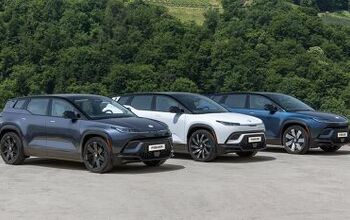



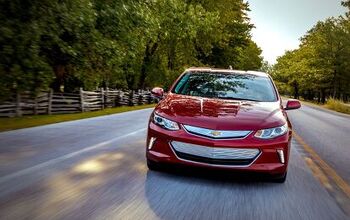
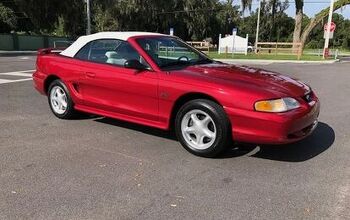
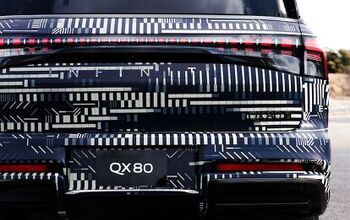
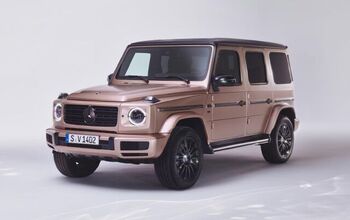
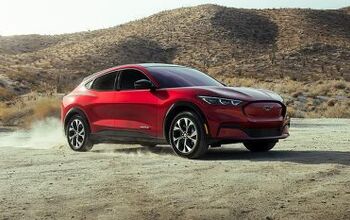

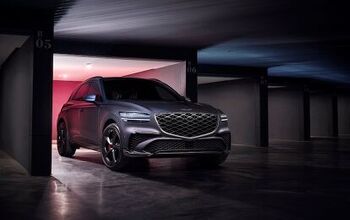
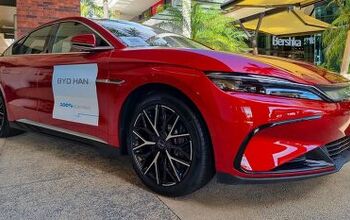
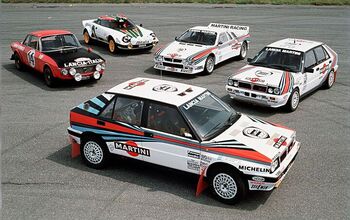

Comments
Join the conversation
I find it interesting that the OP mentions maybe someday nameplates won't matter. Today, I find the primary difference between cars just the nameplates. If you put a Mercedes badge on my Hyundai, I'm sure I'd pay $10-20k more for it? I don't believe "high end" brands are any better than the low end, but you pay for that badge to show off your wealth and coolness. You know someones broke when they drive a Kia, right? I wanted to buy my wife a kia but she said she'd rather take a bus than be caught in a kia. I think that is the general take on the market. Its all about brand. I think Hyundais are way better than Porsches, but I want to drive a Porsche because they are cool, and Hyundais are dorky.... but I drive a Hyundai because its what makes financial sense. I give up coolness every day in the name of practicality. This is the concern I've had with the genesis. I think the genesis is by far better than most other luxury makes, but I'll pay more for a much crappier car just for the brand. We've already gotten to the point where brand only matters in cool factor and to show off. I don't think high end brands are ACTUALLY any better than the low end brands.
All D-segment cars and beyond (that is mid-size or bigger in USA terms) are luxury cars. The difference between a third-world car and a first-world car is orders of magnitude larger than the difference between a mainstream first-world car and a luxury car, even when comparing different specs of the same model.